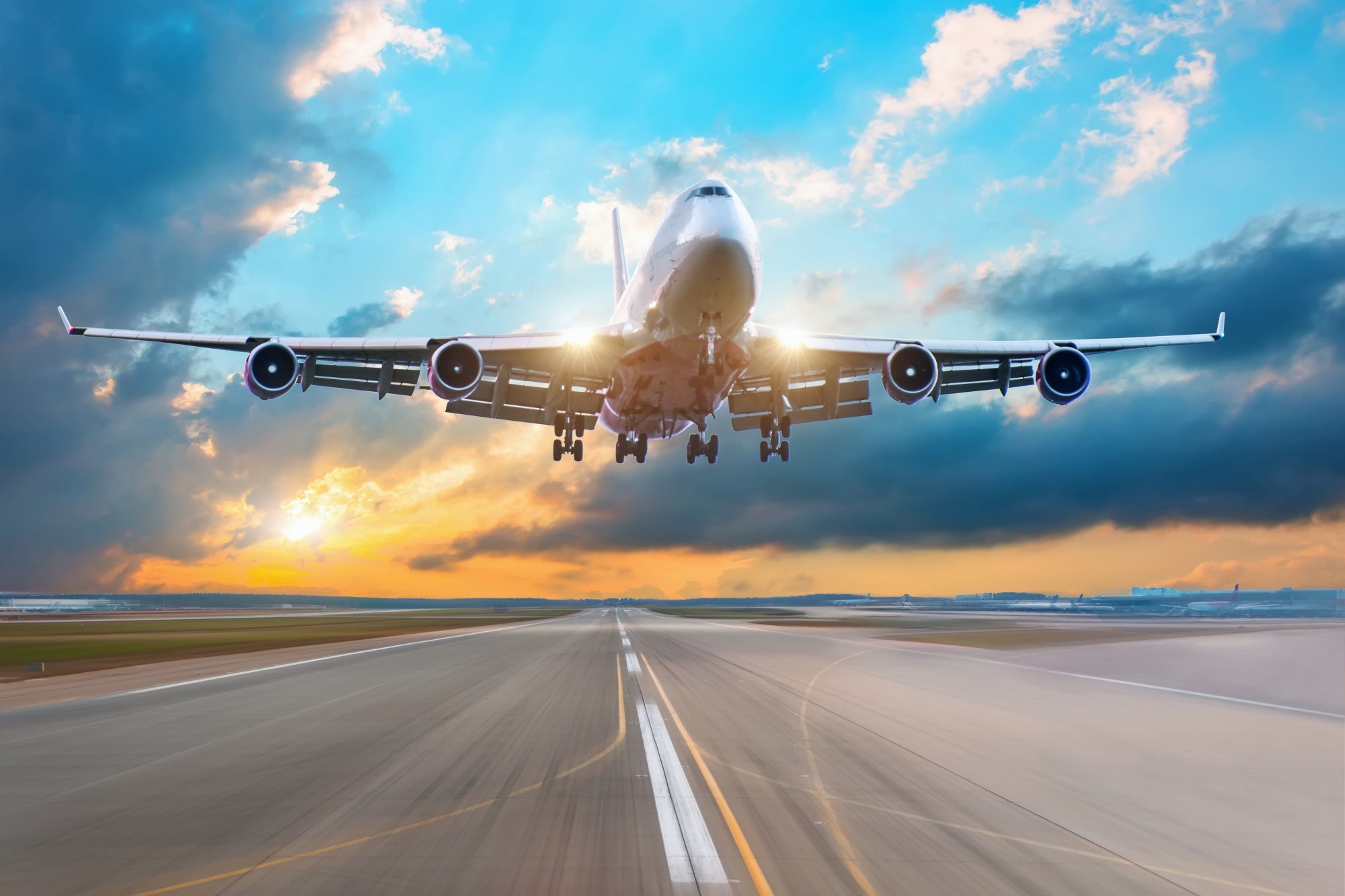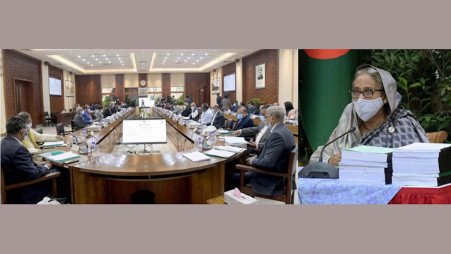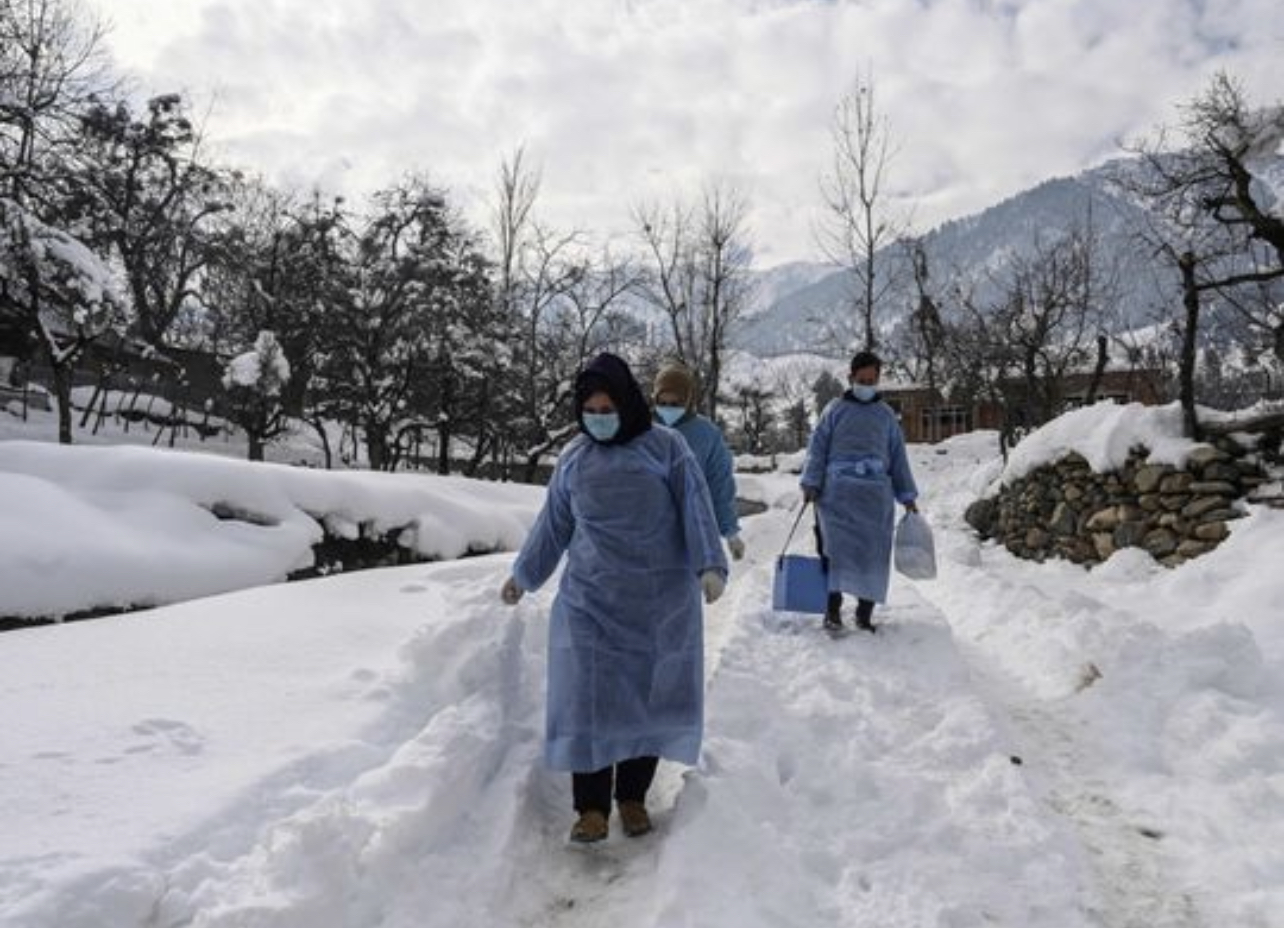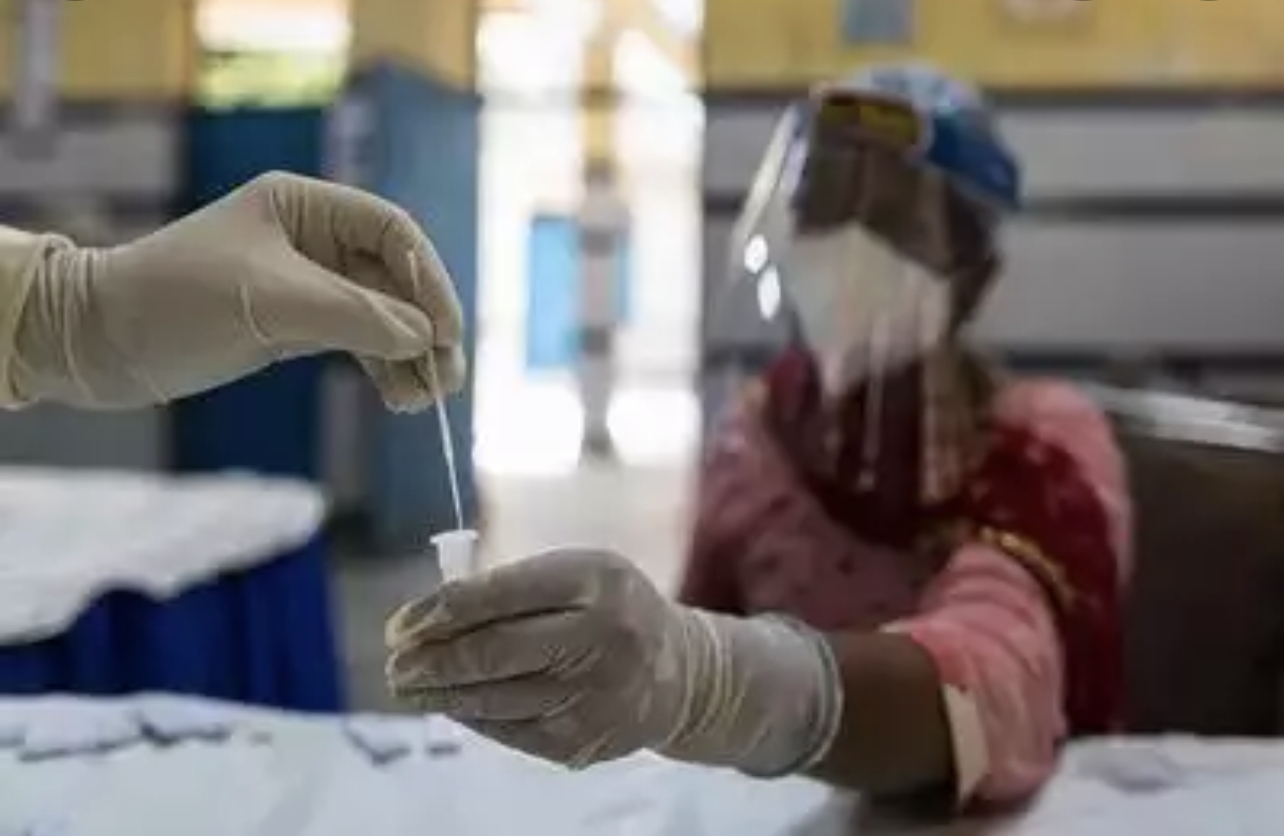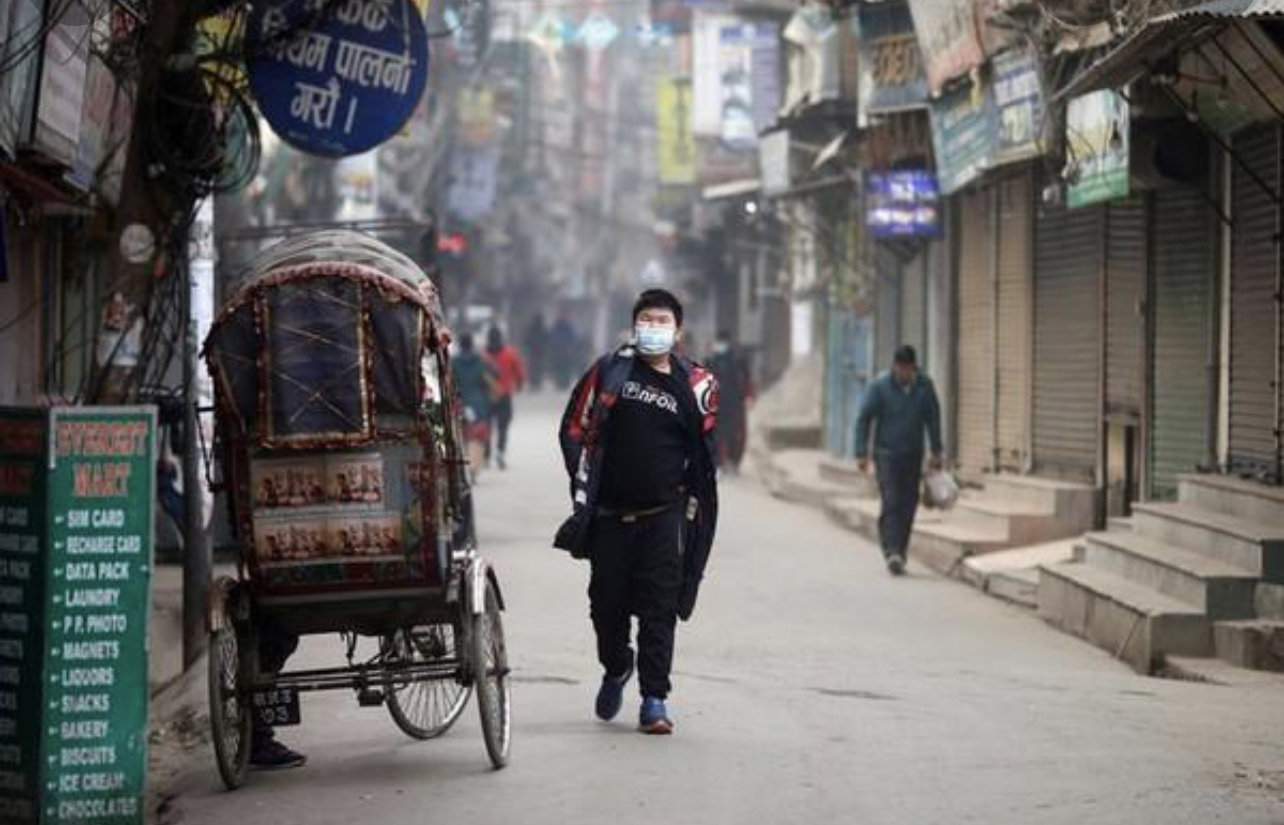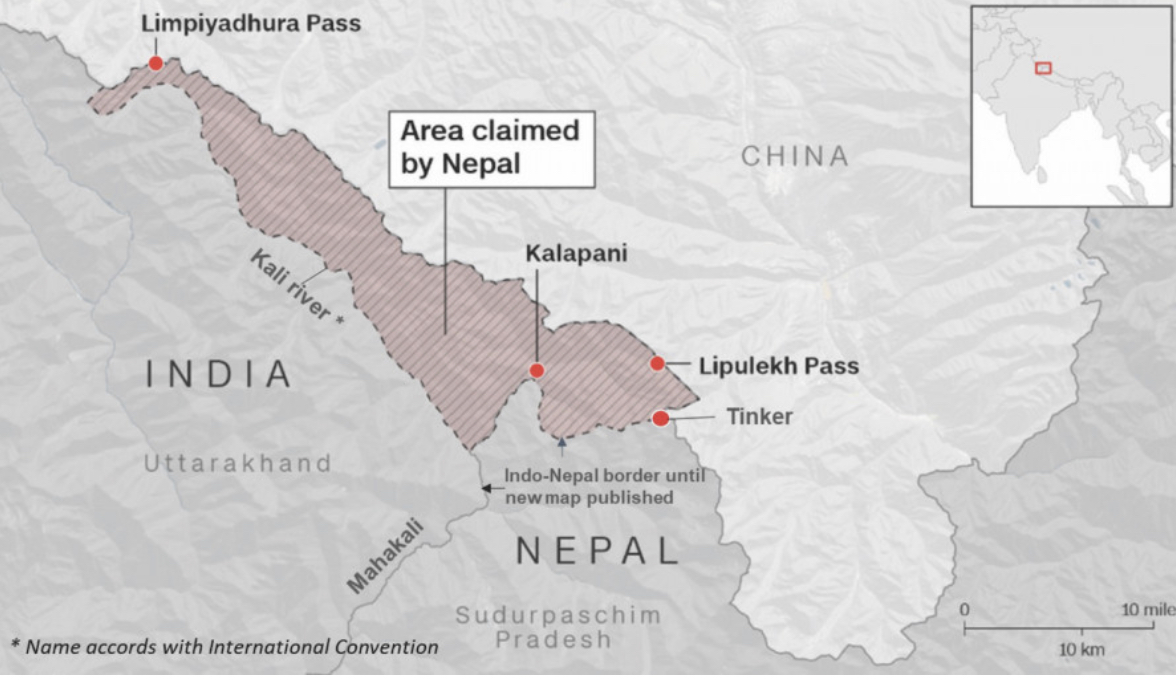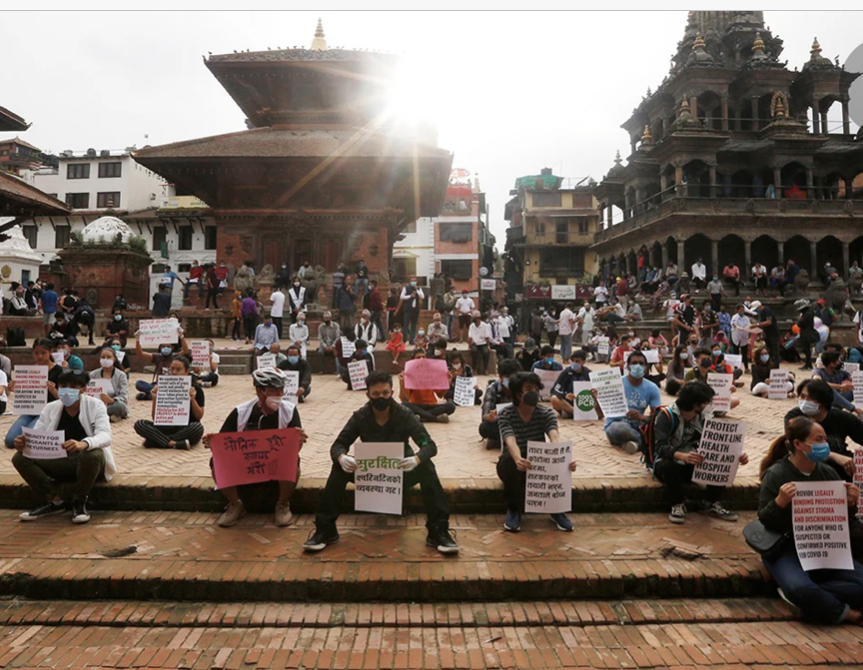SINGAPORE: In reporting its latest operating data, Singapore Airlines (SIA), co-owner of Gurgaon-based Vistara airlines, revealed that it carried 600,000 passengers in December, nearly double the number of passengers it carried a month ago. This is ten times higher compared with the 64,600 it carried in December 2020, and an indication that the battered airlines industry in the region is beginning to recover from the COVID-19 pandemic.
The higher number is also due in part to the year-end holiday travel season in Singapore as well as the success of the VTL (vaccinated travel lane) travel scheme the city-state introduced.
As of November 26 last year, a total of 24 countries including India, Sri Lanka and the Maldives, are covered under the Singapore VTL program. Visitors from Qatar, Saudi Arabia and the United Arab Emirates (UAE) were due to be added as VTL countries from December 6, but this arrangement was halted due to the emergence of the heavily mutated and more transmissible Omicron COVID variant. Since then, no other country has been added.
Also due to the Omicron variant, the Singapore authorities announced on December 22 that it will pause the sale of VTL air tickets till January 20 and half the quota for visitor arrivals under the VTL scheme. It had earlier set a daily limit of 10,000 travelers from VTL countries who can enter Singapore.
SIA, in its statement accompanying the release of its December 2021 operating statistics, acknowledged this quota reduction. The carrier said that it “will continue to be nimble and manage its network in accordance with the prevailing market conditions and regulations.” It also added that it expects passenger capacity for January and February of 2022 to be around 47 percent and 45 percent of pre-COVID levels respectively.
This of course assumes that its customers do not cancel or change their plans due to travel inconveniences as some countries impose stricter border controls, including more testing and quarantines. If SIA does manage to achieve the expected passenger numbers for this month and next, the airline will continue to improve its performance.
At the end of December 2021, SIA’s passenger network covered 85 destinations, including Singapore, up by 13 compared to the end of the previous month. Despite still losing money, albeit at a slower rate compared to during the height of pandemic enforced border closures, SIA is certainly in a better financial position than its regional peers.
Backed by Singapore government investment firm Temasek, it managed to raise over USD16 billion since the pandemic started and just last week sold another USD600 million of bonds at a very attractive yield of 3.493 percent, nearly a percentage point lower than the average yield at issuance for global airline notes sold in 2021, according to Bloomberg data.
Many regional carriers which lack such government support are only just emerging from the bankruptcy court or still in the midst of such proceedings. On the last day of 2021, Philippine Airlines has said it has emerged from bankruptcy after a U.S. court approved its plan to slash up to USD2 billion in debt. It also obtained USD505 million of additional capital from its main shareholder, billionaire Lucio Tan via his investment holding companies.
Indonesia’s Garuda is still in the middle of a court-enforced restructuring. Just last week, an Indonesian court extended the period for Garuda’s debt restructuring by 60 days to allow the airline more time to verify all the claims. It is asking creditors to take a USD6.1 billion haircut to reduce debts to USD 3.7 billion under a court-led process.
Thai Airways is at the moment run by bankruptcy administrators since filing for protection in May 2020, after spectacularly defaulting on over USD3 billion worth of debt. The airline was indebted to the tune of USD9.8 billion at the peak of the COVID pandemic. It is attempting to reduce its day-to-day operating costs and expenses, downsize its business, boost its income, and seek new funding sources.
Air India, after bleeding USD3 million a day of taxpayer’s money for the better part of the last decade, was finally off-loaded to Tata Sons with the handover expected to be concluded at the end of January. The steel-to-salt conglomerate paid about USD 2.4 billion to take over the government-owned airline which includes taking over USD2 billion of debt.
AirAsia, which has managed to stay afloat by cost-cutting, raising funds, shedding assets and rearranging payments to its creditors, has also been looking at various ways to diversify its revenue stream. They now have a “super-app” and is into ride-hailing, food delivery, online grocery shopping and digital payments. It has also beefed up its logistics capabilities and in the market to acquire more freighter aircrafts. It has sold down its stake in AirAsia India to raise capital and now owns about 16 percent of the airline down from its pre-pandemic holding of 49 percent.
AirAsia CEO Tony Fernandes recently told CNBC that he believes that the recovery in air travel has begun in earnest despite Omicron. “The good thing is, this time last year, we had no planes flying. Now, we’ve got a large chunk of our fleet flying domestic Malaysia, Thailand and Indonesia,” he said, adding that demand has been “very, very robust.”
In a press release published on January 12, the International Air Transport Association (IATA) reported that total demand for air travel in November 2021, which is measured in revenue passenger kilometers, for November 2021 improved compared with the prior month. It was down 47 percent compared with November 2019, up 1.9 percentage points from October 2021’s figure of a 48.9 percent contraction when compared with October 2019.
Although the association noted that air traffic continued to recover in November, this was before the Omicron wave which sent some governments re-imposing some border restrictions only after lifting them a couple of months earlier.
Willie Walsh, IATA’s Director General feels that governments have over-reacted to the emergence of the Omicron variant by resorting to “tried-and-failed methods of border closures, excessive testing of travelers and quarantine to slow the spread.” “Not surprisingly, international ticket sales made in December and early January fell sharply compared to 2019, suggesting a more difficult first quarter than had been expected,” Walsh said.
“There is little to no correlation between the introduction of travel restrictions and preventing transmission of the virus across borders. And these measures place a heavy burden on lives and livelihoods. If experience is the best teacher, let us hope that governments pay more attention as we begin the New Year.” (ANI)




